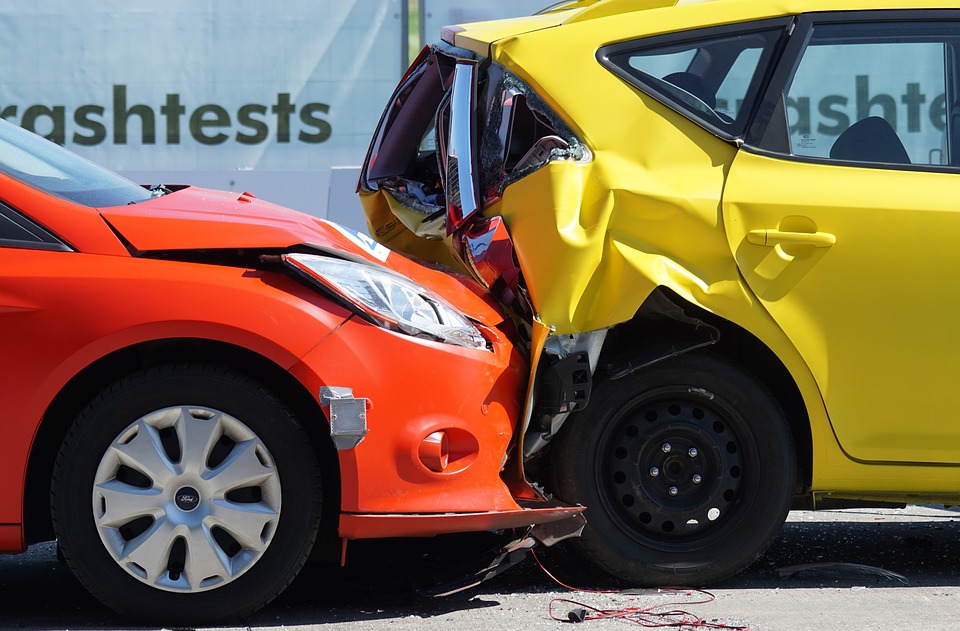Auto safety expert Byron Bloch recently provided tips for escaping from being trapped in a car, which may prove helpful for drivers. In addition to providing the Detroit Free Press with important details about car safety and tips for car emergencies, Bloch frequently testifies in courts across the country as an expert witness.
The first key to getting out of a car alive is to arm yourself with knowledge so that you don't panic.
Study the owner's manual to know where any emergency handles for escape are located, said Bloch. Be sure every family member who uses the car knows where they are, he said.
Car entrapment can occur in a number of settings. It may result from an serious auto accident, a popped tire could crash the vehicle, vandalism or crime could be the cause of car entrapment, and even flash flooding could put drivers in this type of emergency situation. Oftentimes people involved in car entrapment situations are suffering from injuries. Things might be foggy if you have a head injury, concussion, TBI, or dizziness after an accident, so it’s always best to be prepared, just in case.
Some of the solutions that car safety expert Byron Block suggests are:
keeping a charged cellphone available
ensuring that the key fob battery is charged every couple of years
having a spare key available for emergency situations
remain calm if you find yourself in an emergency situation
While these are just a few of the options to increase preparedness in a car emergency situation, drivers should always remain cautious and keep an eye on their surroundings. Thanks to the Detroit Free Press for releasing the brief guide on the topic of car entrapment and escaping from a car after begin trapped.
The Michigan Law Firm, PC handles auto accident cases throughout the state of Michigan. Our injury attorneys are ready to help you collect benefits for pain and suffering, lost wages, household services, attendant care, and other types of compensation as well. Contact our experienced legal team today for a free consultation. Speak to a Michigan injury lawyer today!




















